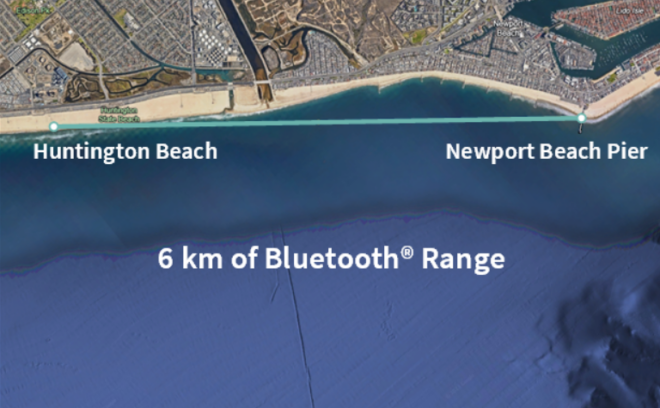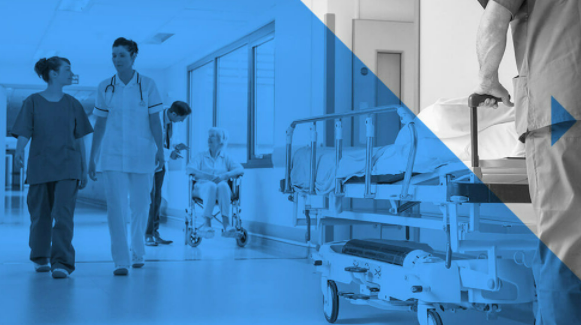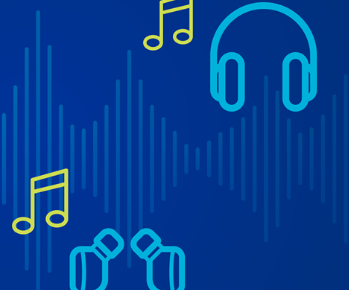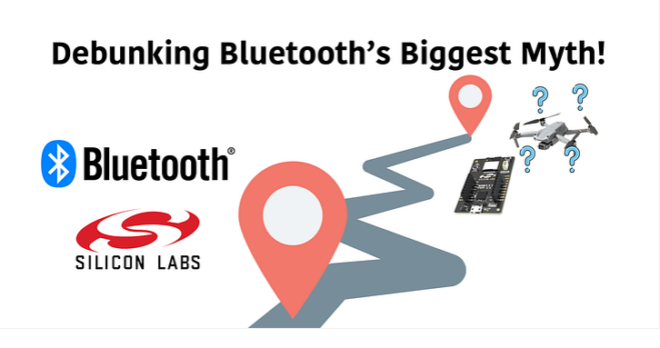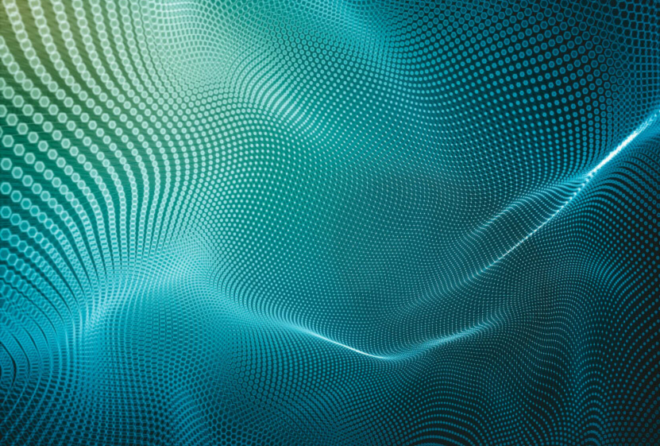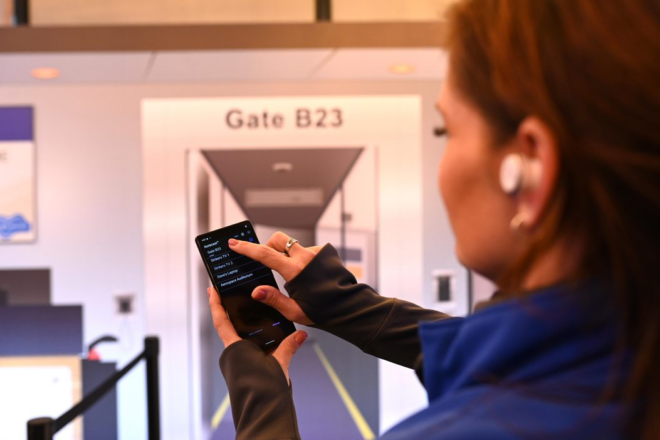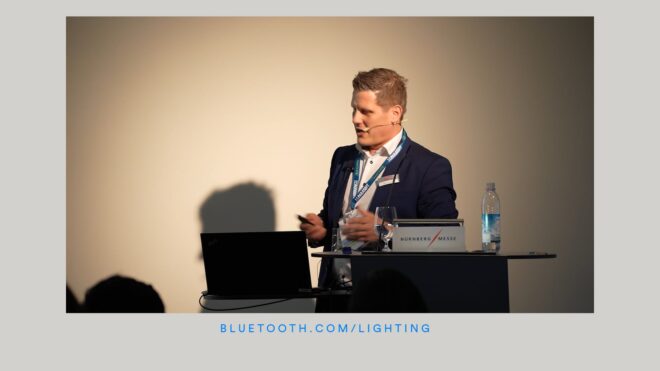One of the biggest challenges of learning any new technology is knowing which tools you need in order to get started on the right path. Whether you’re a mobile developer or a firmware developer working on a Bluetooth® Low Energy product, there is a set of essential tools that you should utilize for developing your application in the most efficient way.
In this article, I will provide a list of the four most essential tools for developing a Bluetooth Low Energy product and app.
1. Client Emulator Apps
This can be either a mobile app (iOS or Android), or a desktop application connected through a Bluetooth® Low Energy dongle (or internal Bluetooth Low Energy chipset).
This tool can be very helpful, especially when you don’t have a companion mobile app ready to interact with and test your Bluetooth device. It’s also very helpful for testing out new changes and during development. These types of apps allow you to scan for nearby advertising Bluetooth Low Energy devices, connect to one of these devices, discover their services and characteristics, and read from/write to the characteristic values as well.
Two well-known examples are:
2. Bluetooth Sniffer
A Bluetooth® sniffer (or protocol analyzer) is one of the most useful tools that a Bluetooth developer can’t do without. The difference between a Bluetooth sniffer and the Client emulator apps mentioned previously is that sniffers can spy on the communication between your central and peripheral devices. While a Client emulator is usually used to act as a central device to read, write, and subscribe to notifications/indications of characteristic values of the peripheral device, the sniffer acts in the background (usually without requiring you to modify any of your system’s behavior).
Bluetooth® sniffers come in two main varieties:
-
- Simple and low-cost sniffers (think in the range of $50-$100) that are usually based on development kits
- More advanced, higher-cost sniffers (anywhere in the range of $1,000-$30,000+)
The low-cost sniffers usually suffer from a few limitations, such as the lack of advanced features on the companion desktop software side as well as not being able to scan the three primary advertising channels simultaneously.
Using a Bluetooth® Low Energy sniffer can help tremendously in debugging problems with the connection and data transfer between the peripheral and central device.
Examples of sniffers include:
- High-end/commercial: Ellisys sniffers, Teledyne LeCroy sniffers (formerly Frontline), the Spanalytics PANalyzr
- Low-cost: TI CC2540 USB dongle sniffer, Nordic nRF sniffer, Ubertooth One
3. Power Measurement Tools
The Low Energy part in Bluetooth® Low Energy is there for a reason. Bluetooth Low Energy is usually selected as a wireless technology in a product for two main reasons: the proliferation of Bluetooth low energy in smartphones and the low energy consumption that comes with it (allowing you to design devices that can last for years on tiny batteries).
However, low power consumption doesn’t come by default, and both the firmware and hardware designs play an important role in how good your device is at minimizing power consumption.
There are different tools that can be used to measure the power consumption during development and testing to help you optimize for low power. The two most common tools are:
- Digital Multimeter (DMM): Useful for measuring average current draw and peak current (e.g. Fluke 287 TRMS Multimeter)
- Oscilloscope: Used to get more accurate measurements and finer tuning of your power consumption
4. Bluetooth Specification Documents
While the Bluetooth® specification documents are not considered tools per se, they are still the main reference documents for every Bluetooth developer – mobile or embedded. When you run into issues or have questions about certain technical aspects of Bluetooth Low Energy, the official Bluetooth specification documents are the best references to go back to.
Access to the released Bluetooth specification docs is completely free. However, if you’re interested in accessing pre-released versions of a spec (such as 0.9 revisions) or getting a head start on cutting edge adopted specs, then you can access them after signing up to be a member (also free), at the Adopter level.
The latest Bluetooth specification documents can be accessed here.
While the specification documents are the go-to references in most scenarios, you wouldn’t want to start with them, especially if you’re still in the early stages of learning Bluetooth® Low Energy development. That’s where our Bluetooth Study Guides come into play. They are easy-to-follow guides that address specific aspects of Bluetooth Low Energy development. They cover both the theoretical/background information needed to understand the concepts and the practical hands-on steps for applying your knowledge and implementing the concept in real-life applications.
The full library of Bluetooth Study Guides can be accessed here.
While the specification documents are the go-to references in most scenarios, you would not want to start with them, especially if you are still in the early stages of learning Bluetooth Low Energy development. That’s where our Bluetooth Study Guides come into play. They are easy-to-follow guides that address specific aspects of Bluetooth Low Energy development. They cover both the theoretical/background information needed to understand the concepts and the practical hands-on steps for applying your knowledge and implementing the concept in real-life applications.
I hope you’ve found this list helpful, especially if you’re just starting out as a Bluetooth® Low Energy developer.
![]()
FEATURED DOWNLOAD
Understanding Reliability in Bluetooth Technology
Download this detailed discussion on reliability in wireless data communication and the techniques Bluetooth technology uses to increase reliability.





